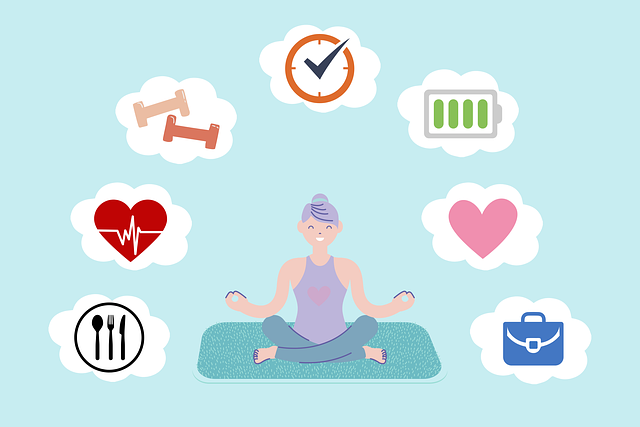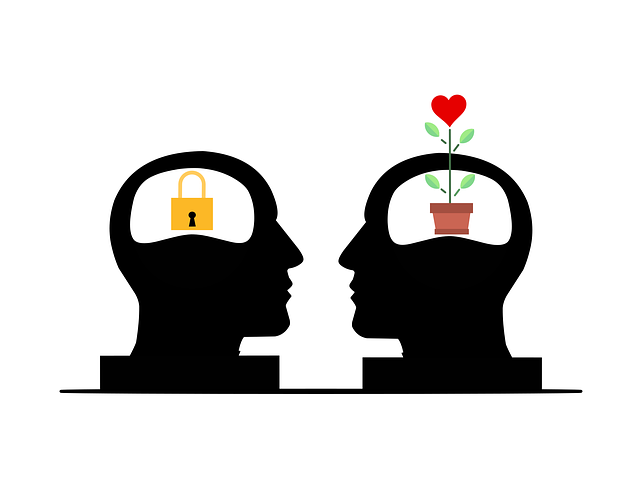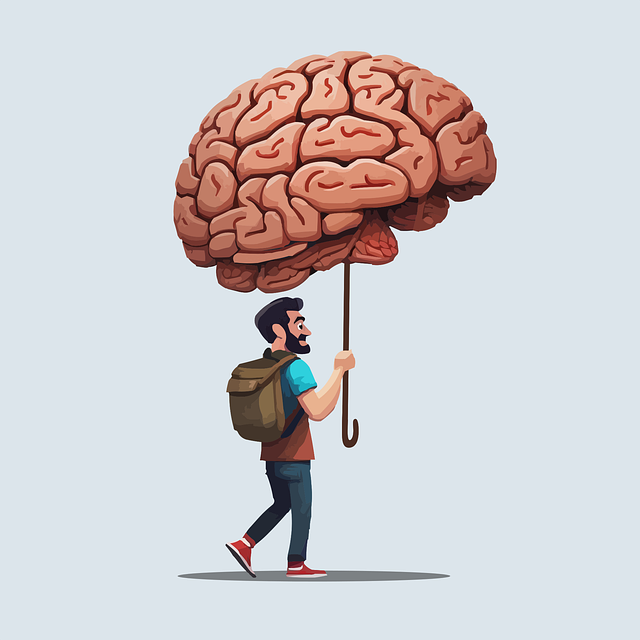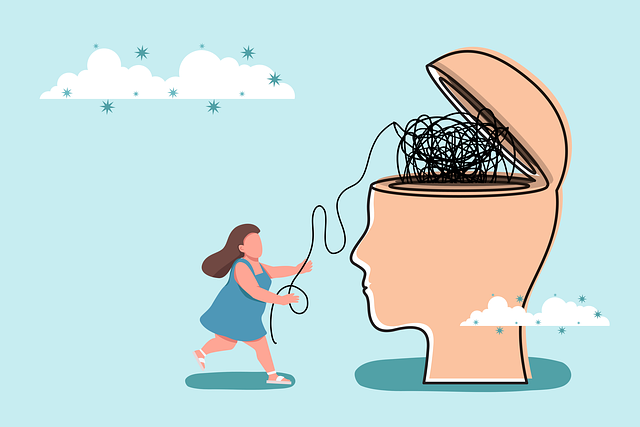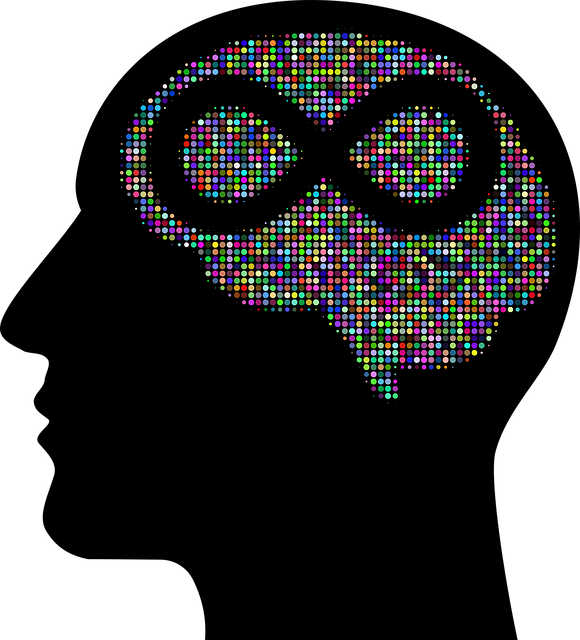Developing marketing strategies for mental wellness apps requires understanding and catering to diverse demographics, such as young children and geriatrics, with their unique needs. For therapy aimed at children, focus on engaging, interactive content through educational games and stories. For seniors, emphasize simplicity, cultural sensitivity, and burnout prevention in app design. Leverage digital platforms like social media, SEO, and email marketing to reach broad audiences. Measure success using KPIs like download rates, user satisfaction, and session duration to optimize app impact and provide culturally competent care tailored to each demographic's mental health challenges.
In today’s digital age, mental wellness apps offer accessible therapy options for young children and geriatrics. This article delves into a comprehensive marketing strategy development for these distinct audiences. By understanding unique needs and challenges faced by both young children and the geriatric population, we craft tailored value propositions for mental wellness apps. We explore effective marketing channels, emphasize successful measurement criteria, and discuss iteration for maximal impact on this sensitive yet crucial topic.
- Understanding Target Audiences: Young Children and Geriatrics
- Uncovering Unique Needs and Challenges in Each Group
- Crafting Compelling Value Propositions for Mental Wellness Apps
- Choosing Effective Marketing Channels and Strategies
- Measuring Success and Iterating for Optimal Impact
Understanding Target Audiences: Young Children and Geriatrics

Understanding your target audience is a crucial step in developing an effective marketing strategy for mental wellness apps. When it comes to reaching young children and geriatrics, tailored approaches are essential due to their distinct needs and challenges. Young children often require therapy that is playful, engaging, and age-appropriate, focusing on early intervention strategies to address emotional or behavioral issues. Apps designed for this demographic can incorporate educational games, interactive stories, and animated characters to deliver therapy in a fun and accessible manner, fostering positive mental health habits from a young age.
On the other hand, marketing to geriatrics demands a different strategy. Many older adults face unique mental health concerns, such as loneliness, depression, or cognitive decline. Therapy for this audience should emphasize social connection, memory support, and promoting positive thinking. Apps can offer meditation practices, reminiscence therapy using nostalgic photos or music, or even virtual reality experiences to create stimulating environments that cater to their interests and needs. By understanding these distinct target audiences, app developers can ensure their marketing efforts effectively reach those in need of specialized mental wellness support.
Uncovering Unique Needs and Challenges in Each Group

In developing a marketing strategy for mental wellness apps, it’s crucial to uncover and address unique needs and challenges within distinct demographics. For instance, when targeting therapy for young children, app developers must consider their limited attention spans and the need for engaging, interactive content that incorporates play.
Similarly, marketing strategies tailored for geriatrics should focus on simplifying user interfaces, ensuring cultural sensitivity in mental healthcare practice to accommodate diverse backgrounds, and addressing burnout prevention as common issues within this age group. Each group has specific communication requirements, from kid-friendly language and visuals for children to more nuanced approaches for seniors dealing with age-related mental health concerns.
Crafting Compelling Value Propositions for Mental Wellness Apps

Mental wellness apps offer a unique opportunity to reach and support diverse populations with tailored interventions. When crafting value propositions for these apps, it’s crucial to highlight their ability to provide accessible and personalized therapy options. For instance, apps designed for young children can offer engaging games and activities to foster coping skills development, addressing early mental health concerns. Similarly, geriatrics-focused apps can assist the elderly in managing stress and anxiety through interactive exercises tailored to their needs.
By targeting specific demographics like children and seniors, app developers can emphasize the benefits of digital therapy over traditional face-to-face sessions. These apps cater to individuals who may be reluctant to seek help or face barriers to accessing healthcare services. Incorporating features such as conflict resolution techniques and cultural competency training for healthcare providers ensures a more inclusive and effective approach, catering to diverse user needs within these populations.
Choosing Effective Marketing Channels and Strategies

In developing a marketing strategy for mental wellness apps, especially those catering to diverse demographics like therapy for young children and geriatrics, selecting the right channels is paramount. Digital platforms offer a vast reach, making social media, search engine optimization (SEO), and email marketing powerful tools. For instance, targeted ads on parenting forums or partnerships with pediatricians can effectively promote apps designed for young children, addressing their unique mental health needs. Similarly, leveraging senior-focused communities, online support groups, and SEO strategies around terms like ‘geriatrics therapy’ can significantly boost visibility for apps tailored to the elderly.
Public awareness campaigns development centered on specific mental health issues relevant to each demographic—trauma support services for children and coping skills development for seniors—can foster engagement. These initiatives, coupled with user testimonials and case studies, build trust and encourage downloads. Additionally, content marketing strategies that educate users about common mental wellness challenges and offer practical tips can attract a broader audience, ensuring the app becomes a go-to resource for personalized therapy and support.
Measuring Success and Iterating for Optimal Impact

Measuring success is a critical component of any marketing strategy, especially within the mental wellness space. When developing campaigns for therapy services targeting young children and geriatrics, it’s essential to define key performance indicators (KPIs) that align with the app’s purpose. For instance, tracking user engagement metrics such as download rates, daily active users, and session duration can provide insights into initial interest and adoption. Additionally, monitoring user feedback through in-app reviews and surveys offers valuable information about satisfaction levels and potential areas for improvement.
Iterating based on these findings is crucial to optimize the app’s impact. Developers should analyze user behavior patterns, identifying barriers or features that enhance resilience building, a key aspect often targeted in mental wellness apps. This data-driven approach ensures the app caters to the unique needs of both young children and geriatrics, fostering cultural competency among healthcare providers. By incorporating Mind Over Matter principles and tailoring content based on user feedback, the app can effectively support users’ mental health journeys.
Developing a marketing strategy for mental wellness apps that cater to both young children and geriatrics requires a nuanced approach. By understanding their unique needs and challenges, such as age-specific therapy techniques for children and cognitive considerations for seniors, app developers can create compelling value propositions. Leveraging the right marketing channels, like social media for younger audiences and community events for older adults, ensures effective reach. Continuous measurement and iteration are key to optimizing impact, ensuring that these mental wellness apps address the specific needs of their target audiences with precision and care.

